mondo guide naples

Naples, a vibrant city in southern Italy, is a treasure trove of history, culture, and culinary delights. Known as the birthplace of pizza, Naples offers a unique blend of ancient ruins, bustling streets, and breathtaking natural scenery. Situated near Mount Vesuvius and the stunning Amalfi Coast, the city is a gateway to some of Italy’s most iconic landscapes.
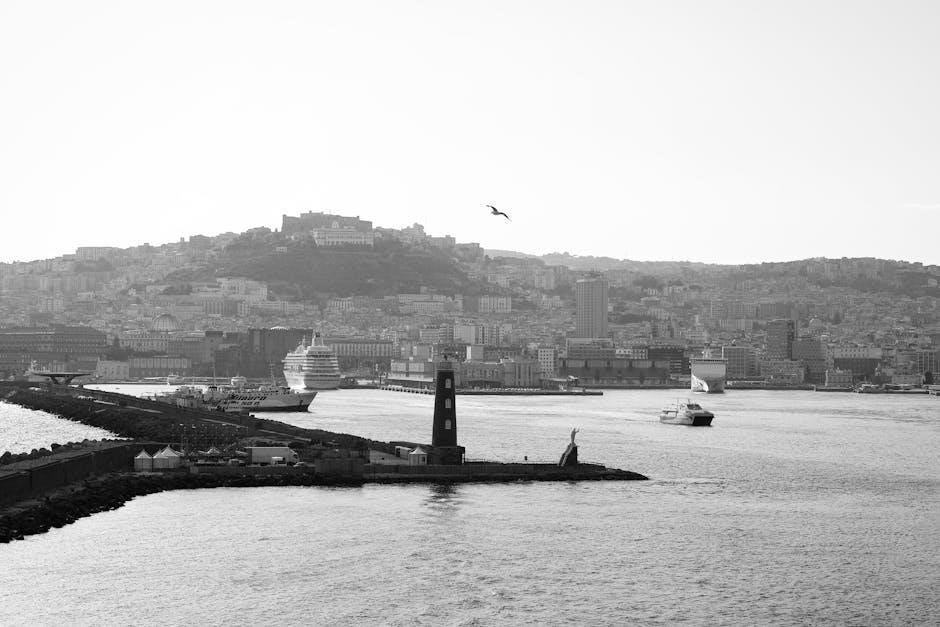
The historic center of Naples, a UNESCO World Heritage Site, is a labyrinth of narrow streets lined with churches, castles, and piazzas. Visitors can explore the National Archaeological Museum, which houses artifacts from Pompeii and Herculaneum, or stroll through the beautiful Villa Comunale, a public garden overlooking the Bay of Naples. For adventure seekers, hiking Mount Vesuvius provides a thrilling experience with panoramic views of the city and the Mediterranean Sea.
Naples is also renowned for its vibrant atmosphere. The city comes alive with street musicians, outdoor markets, and the aroma of fresh pizza from local pizzerias. Whether you’re interested in history, food, or nature, Naples has something to offer. Its rich history, dating back over 2,000 years, is evident in its archaeological sites, historical tours, and cultural landmarks.
From its chaotic yet charming streets to its world-class culinary scene, Naples is a city that captivates visitors. With its unique blend of history, art, and natural beauty, it is a must-visit destination for any traveler exploring Italy.
1.1. Brief Overview of Naples
Naples, the capital of the Campania region in southern Italy, is a city steeped in history, culture, and natural beauty. With a population of over 3 million people, it is Italy’s third-largest city and one of its most vibrant urban centers. Located on the coast of the Tyrrhenian Sea, Naples is framed by the stunning Bay of Naples, with Mount Vesuvius towering in the distance. This unique combination of sea, mountains, and volcanic landscapes makes Naples a visually breathtaking destination.
The city’s strategic location has made it a crossroads of civilizations for centuries. Founded by the Greeks in the 5th century BCE, Naples later became an important center under the Romans, who valued its port and fertile soil. Over the centuries, it has been ruled by various empires and dynasties, including the Normans, Angevins, Aragonese, and Bourbons, each leaving their mark on the city’s architecture, art, and culture. Today, Naples is a living museum of history, with ancient ruins, medieval castles, and Baroque churches standing alongside modern structures.
One of Naples’ most iconic landmarks is the National Archaeological Museum, which houses an impressive collection of artifacts from Pompeii and Herculaneum, the ancient cities buried by the eruption of Mount Vesuvius in 79 CE. Other notable attractions include the Naples Cathedral (Duomo di San Gennaro), the Royal Palace of Naples, and the Castel dell’Ovo, a medieval castle perched on the seafront. The Spaccanapoli, a narrow street that splits the historic center into two, is a testament to the city’s ancient layout and is lined with shops, cafes, and churches.
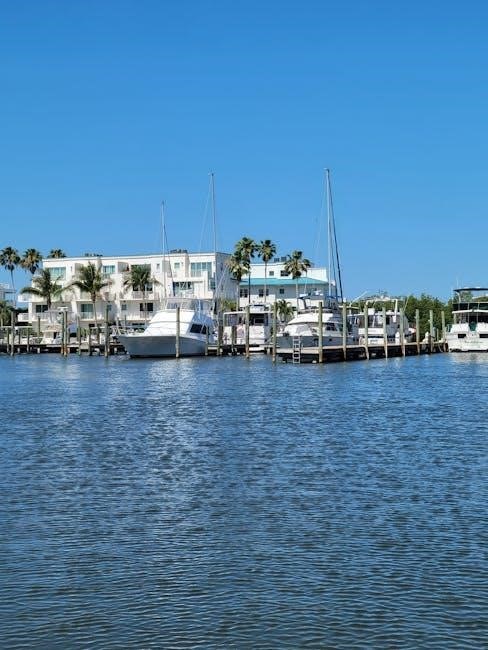
Naples is also known for its lively atmosphere. The city’s streets are filled with the sounds of scooters, street musicians, and vendors selling everything from fresh produce to handmade crafts. Outdoor markets, such as the Mercato di Sanità, offer a glimpse into the daily life of Neapolitans, where locals haggle over fresh vegetables, seafood, and souvenirs. The city’s energy is infectious, and visitors often find themselves swept up in the chaotic yet charming rhythm of Neapolitan life.
Culinary traditions play a central role in Naples’ identity. The city is famous for its pizza, which was invented here in the late 18th century. Neapolitan pizza is a UNESCO-recognized cultural heritage, and pizzerias like Da Michele and Pizzeria Brandi are pilgrimage sites for food lovers. Other local specialties include spaghetti alla puttanesca, parmigiana di melanzane (eggplant parmesan), and limoncello, a lemon-flavored liqueur produced in the surrounding regions.
Naples is also a gateway to some of Italy’s most stunning natural and cultural attractions. The Amalfi Coast, with its picturesque towns perched on cliffs, is just a short drive away. The islands of Capri and Ischia are popular day-trip destinations, offering crystal-clear waters, lush gardens, and thermal spas. For history enthusiasts, the ancient ruins of Pompeii and Herculaneum are within easy reach, providing a poignant reminder of the region’s volcanic past.
Despite its many attractions, Naples is often overlooked by travelers heading to more glamorous destinations like Rome, Florence, or Venice. However, this underrated city has a unique charm that rewards those who take the time to explore it. From its ancient ruins and Baroque architecture to its vibrant streets and world-class cuisine, Naples is a destination that offers something for everyone.
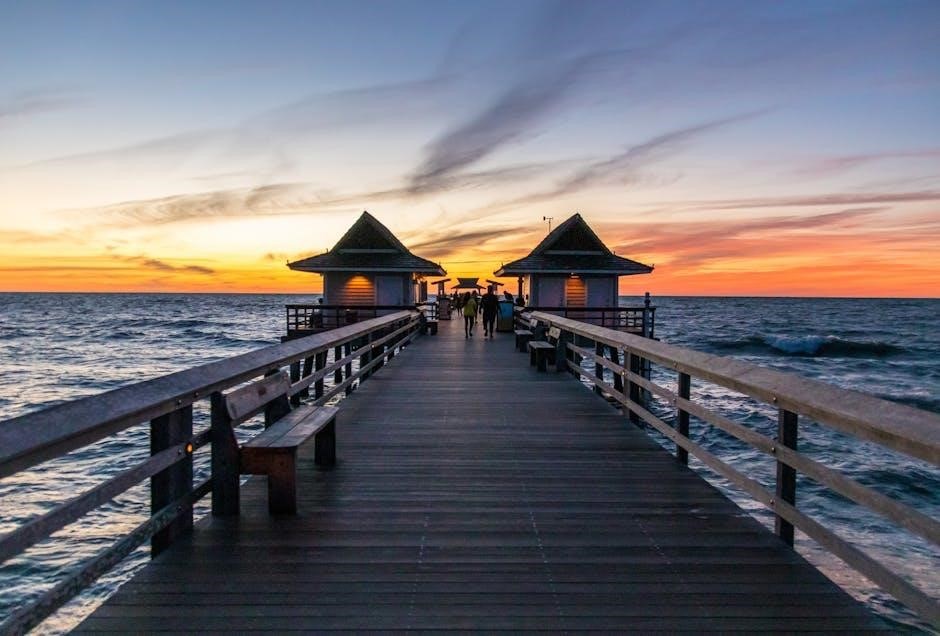
In recent years, Naples has gained increasing attention for its cultural and artistic offerings. The city is home to numerous galleries, theaters, and festivals, showcasing the work of local and international artists. The Naples Underground tour, which takes visitors through a network of hidden tunnels and caverns beneath the city, is a fascinating way to explore Naples’ lesser-known history.
Naples is also a city of contrasts. While it boasts stunning architecture and a rich cultural heritage, it is not without its challenges. The city has faced issues related to traffic, pollution, and urban decay, but efforts to revitalize its neighborhoods and restore its historic sites are underway. Visitors will find that Naples’ rough edges are part of its charm, adding to the city’s authentic and unpolished character.
For travelers planning a trip to Naples, the city offers a wide range of accommodations, from boutique hotels in the historic center to seaside resorts and budget-friendly B&Bs. The city is also well-connected by public transportation, with buses, trams, and a metro system that makes it easy to explore both the city and its surroundings.
1.2. Why Visit Naples?
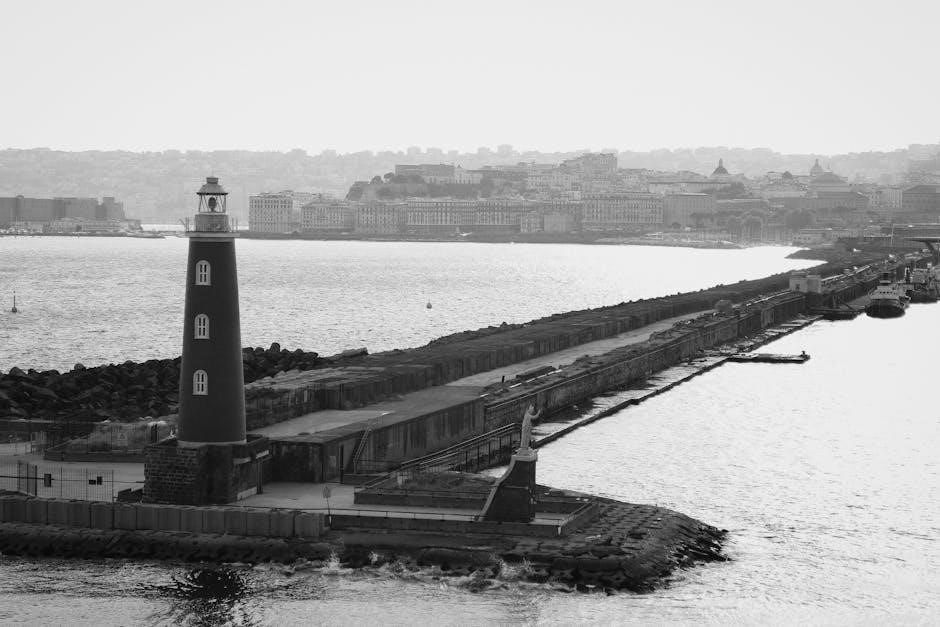
Naples, a city in southern Italy, is a destination that offers a unique blend of history, culture, and natural beauty, making it a must-visit for any traveler. Whether you’re a history enthusiast, a food lover, or an adventure seeker, Naples has something to captivate your senses and leave you with unforgettable memories. Here are some compelling reasons to visit this vibrant city:
Rich History and Cultural Heritage
Naples is a city with over 2,000 years of history, and its cultural heritage is evident in its architecture, museums, and historical sites. The National Archaeological Museum is a must-visit for history buffs, featuring an extensive collection of artifacts from Pompeii and Herculaneum, including mosaics, sculptures, and everyday objects that provide a glimpse into life in ancient times. The museum’s exhibits are a testament to the region’s rich Roman history and the tragic fate of the cities buried by Mount Vesuvius’ eruption in 79 CE.
The Historic Center of Naples, a UNESCO World Heritage Site, is another reason to explore the city. This labyrinth of narrow streets, known as Spaccanapoli, is lined with churches, monasteries, and palaces that reflect the city’s medieval and Baroque past. The Naples Cathedral (Duomo di San Gennaro) is a standout attraction, housing the relics of the city’s patron saint and featuring stunning Gothic architecture.
For those interested in underground history, the Naples Underground tour offers a unique perspective on the city’s past. This network of tunnels and caverns beneath the streets of Naples dates back to ancient times and was used as air-raid shelters during World War II. It’s a fascinating way to explore the city’s hidden history.
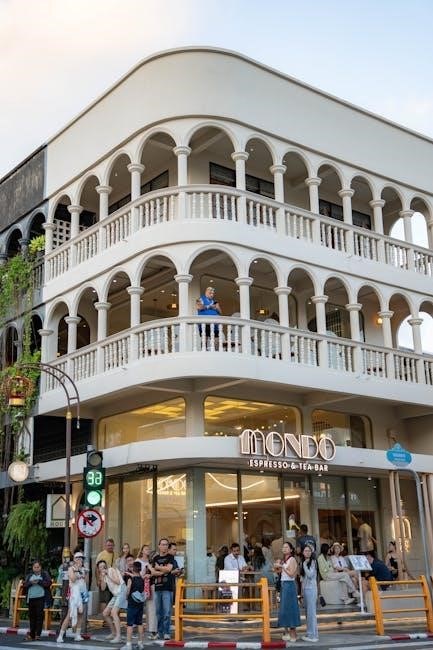
World-Class Art and Architecture
Naples is a treasure trove of art and architecture, with landmarks that showcase the city’s cultural and artistic evolution over the centuries. The Royal Palace of Naples, built in the 17th century, is a grand example of Neapolitan Baroque architecture and offers stunning views of the Bay of Naples from its gardens. The palace also houses the National Library, which contains rare manuscripts and books, including works by Dante Alighieri and Petrarch.
The Castel dell’Ovo, a medieval castle located on the seafront, is another architectural gem. According to legend, the castle was built on the site where the Roman poet Virgil laid an egg (ovo) that would bring good fortune to the city. The castle has played a significant role in Naples’ history and offers panoramic views of the bay and Mount Vesuvius.
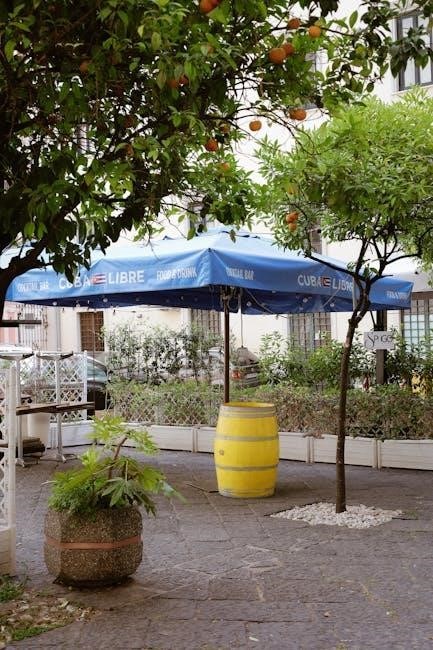
Art lovers will appreciate the Capodimonte Museum, which houses an impressive collection of Neapolitan and European art. The museum is located in the Palace of Capodimonte, a former royal residence built in the 18th century. The palace’s gardens are also worth exploring, offering a peaceful escape from the city’s bustling streets.
Breathtaking Natural Scenery
Naples is surrounded by some of Italy’s most stunning natural landscapes, making it a paradise for nature lovers and outdoor enthusiasts. The Bay of Naples is a picturesque stretch of coastline, with crystal-clear waters and a backdrop of lush green hills. A boat trip along the bay offers breathtaking views of the city and the nearby islands of Capri and Ischia.
For those seeking adventure, Mount Vesuvius is a must-visit attraction. The famous volcano, which destroyed Pompeii and Herculaneum, is now a national park and offers hiking trails with stunning views of the surrounding landscape. Visitors can hike to the summit of Mount Vesuvius and peer into its crater, an unforgettable experience that provides a unique perspective on the region’s geological history.
The Amalfi Coast, located just a short drive from Naples, is another natural wonder that attracts visitors from around the world. This stretch of coastline is famous for its dramatic cliffs, secluded beaches, and colorful towns perched on hillsides. Visitors can explore the towns of Positano, Amalfi, and Ravello, each offering its own unique charm and breathtaking views.
Culinary Delights
Naples is renowned for its culinary traditions, and food lovers will find themselves in paradise. The city is the birthplace of Neapolitan pizza, a dish that has gained worldwide fame. Neapolitan pizza is a UNESCO-recognized cultural heritage, and visitors can sample authentic versions at local pizzerias like Da Michele and Pizzeria Brandi. These pizzerias have been serving traditional Neapolitan pizza for centuries, using fresh, locally-sourced ingredients like San Marzano tomatoes and mozzarella di bufala.
In addition to pizza, Naples is famous for its seafood, with dishes like zuppa di pesce (fish soup) and spaghetti alle vongole (spaghetti with clams) being local specialties. The city’s cuisine is deeply rooted in its maritime traditions, and visitors can enjoy fresh seafood at restaurants along the waterfront.
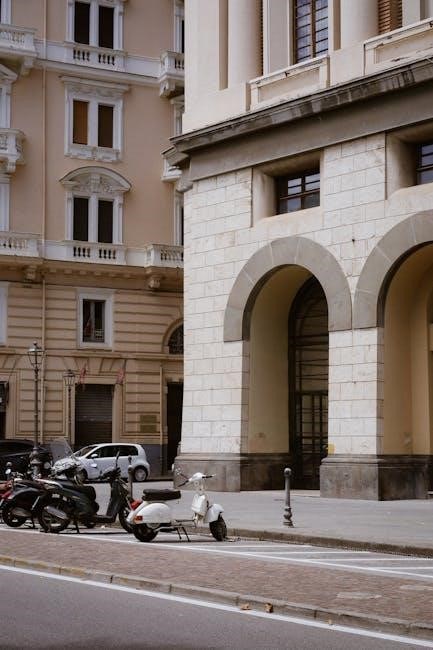
For dessert, limoncello, a lemon-flavored liqueur produced in the region, is a must-try. Visitors can tour limoncello factories in the surrounding areas and sample this refreshing drink, often paired with local pastries and desserts.
Vibrant Atmosphere and Local Culture

Naples is a city that pulses with energy and vitality. Its streets are filled with the sounds of scooters, street musicians, and vendors selling everything from fresh produce to handmade crafts. The city’s markets, such as the Mercato di Sanità, offer a glimpse into daily life in Naples, where locals haggle over fresh vegetables, seafood, and souvenirs.
The city’s vibrant atmosphere is also reflected in its festivals and traditions. The Festa di San Gennaro, held in September, is a major event that celebrates the city’s patron saint. The festival features processions, live music, and fireworks, drawing visitors from around the world.
Naples is also a city of art and creativity, with numerous galleries, theaters, and cultural events. The Teatro di San Carlo, one of the world’s oldest opera houses, is a must-visit for music lovers. The theater hosts a wide range of performances, from classical operas to contemporary productions, offering a glimpse into Naples’ rich cultural scene.
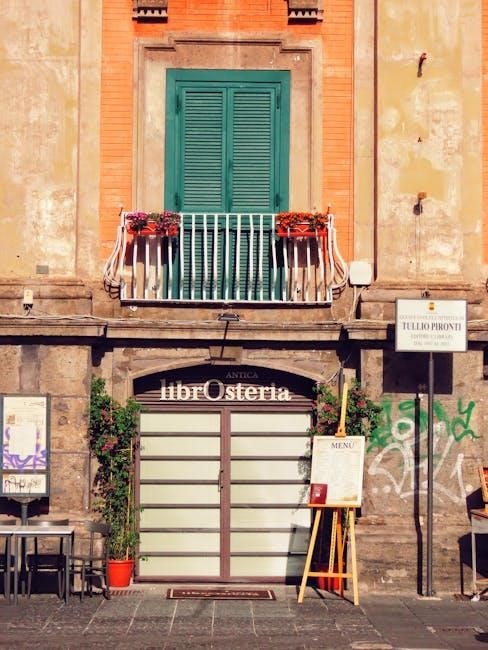
Day Trips and Excursions
Naples is strategically located for exploring some of Italy’s most famous attractions. The ancient ruins of Pompeii and Herculaneum are just a short train ride away, offering a poignant reminder of the region’s volcanic past. Visitors can walk through the well-preserved streets of Pompeii, exploring the homes, temples, and amphitheaters of this ancient city.
The Island of Capri is another popular day-trip destination from Naples. Known for its stunning natural beauty, Capri is famous for its blue grottos, lush gardens, and scenic hiking trails. Visitors can take a ferry from Naples to Capri and spend the day exploring the island’s hidden coves and picturesque